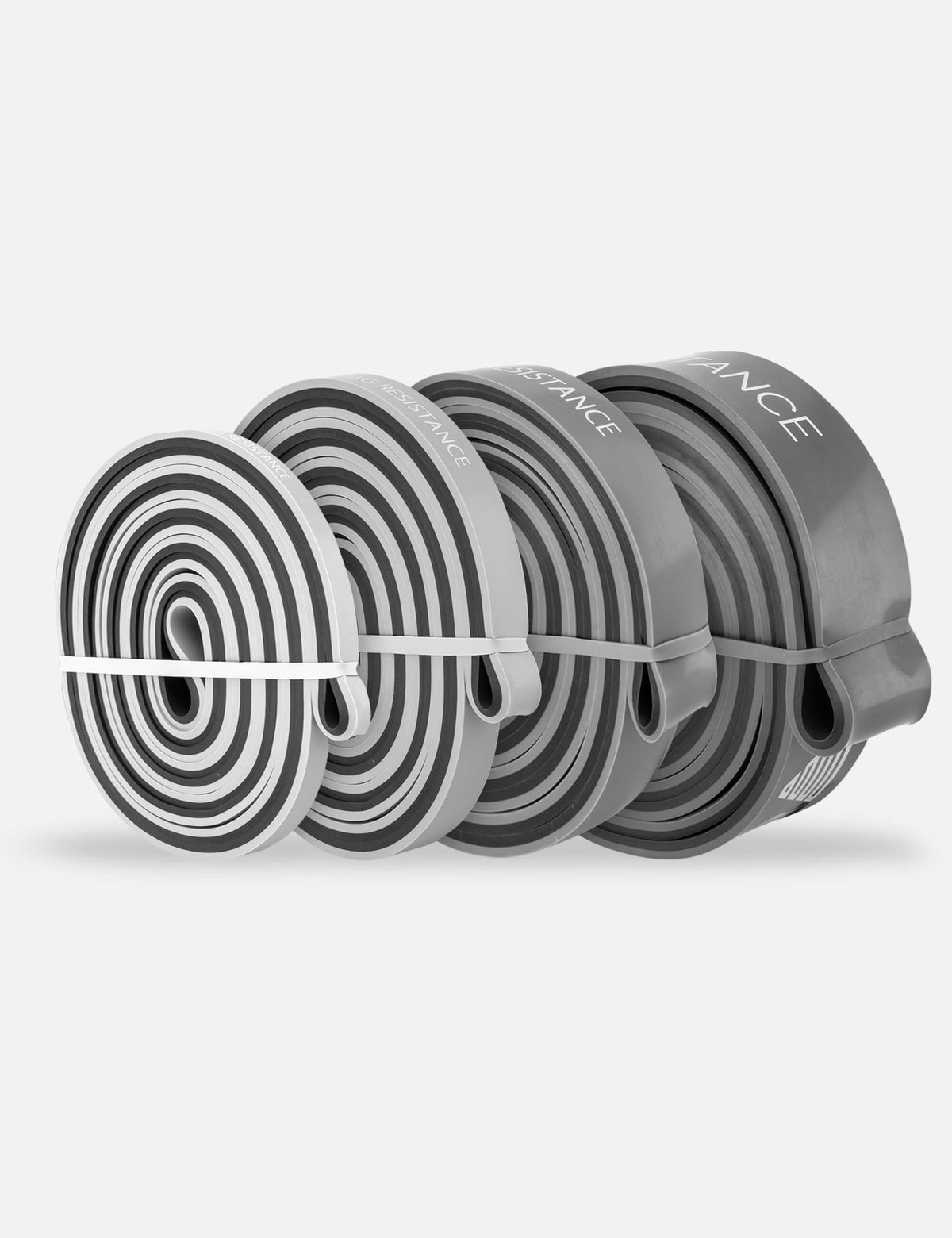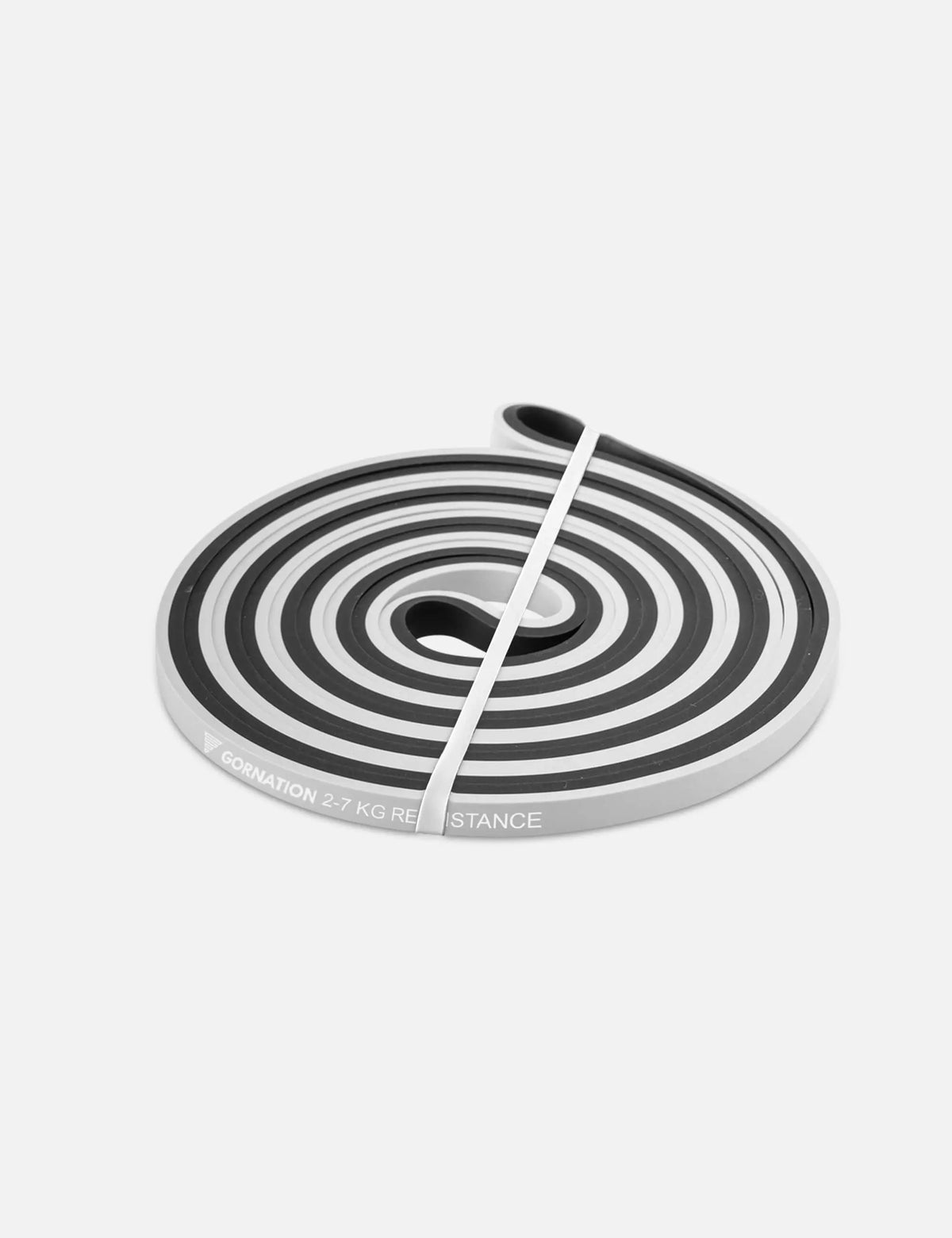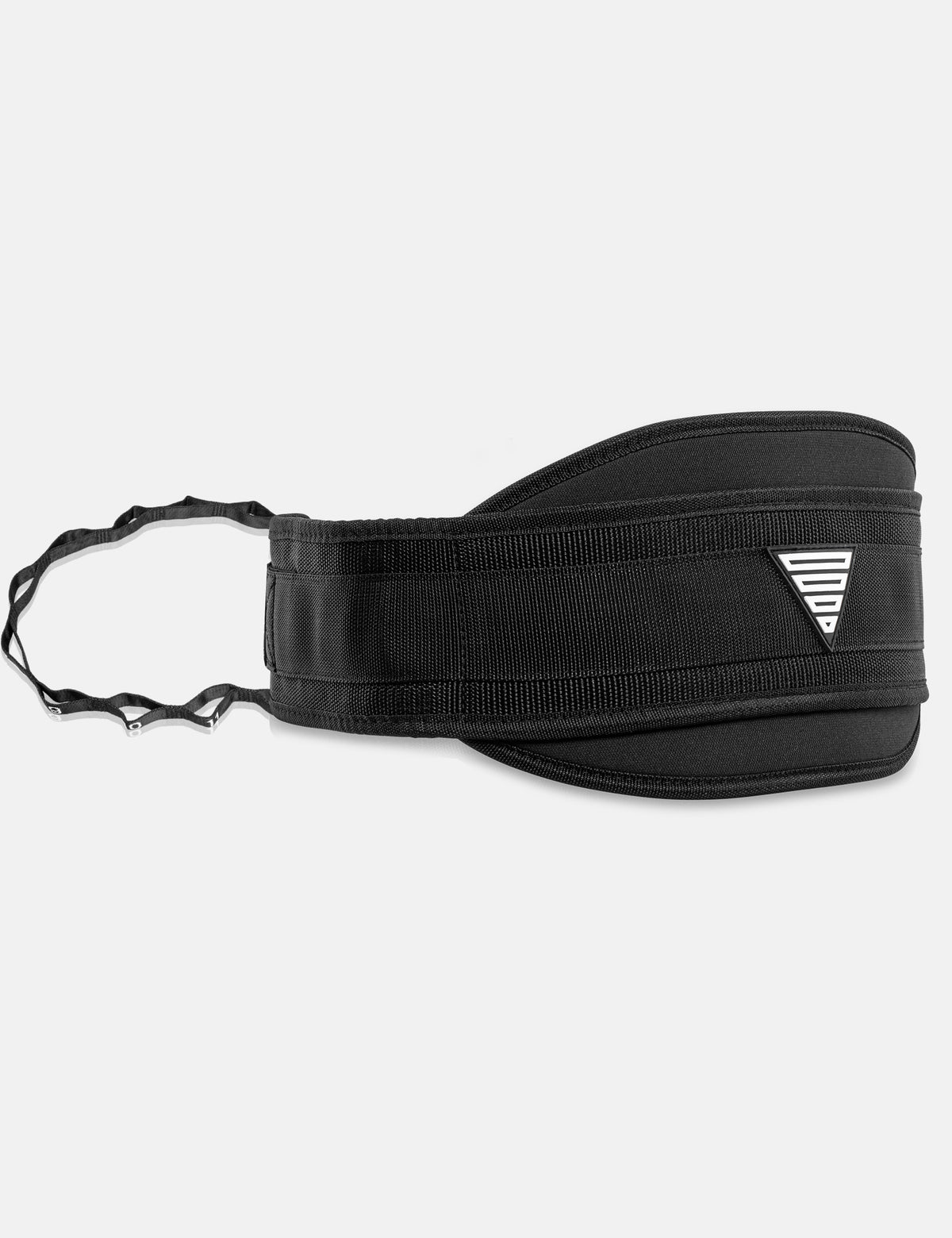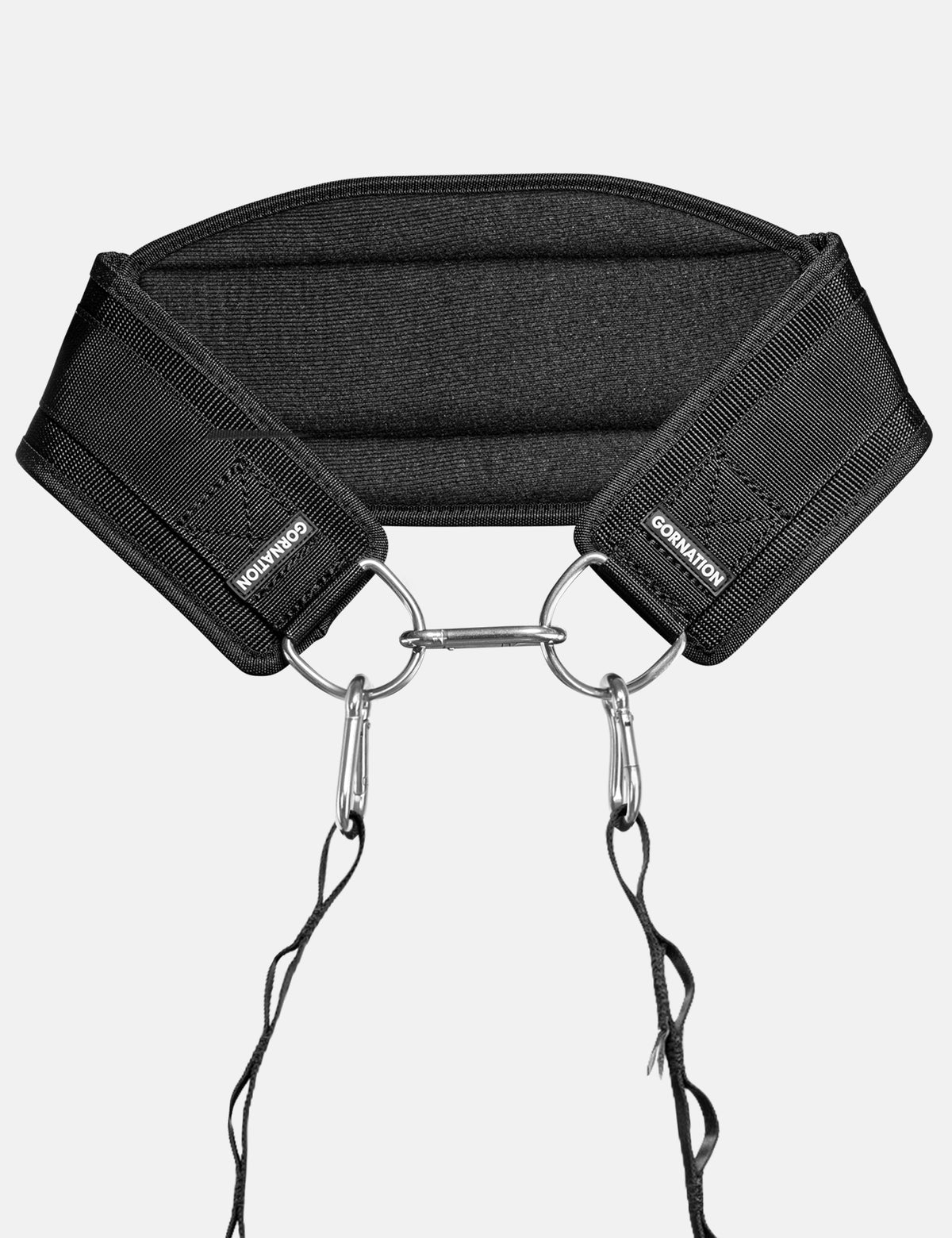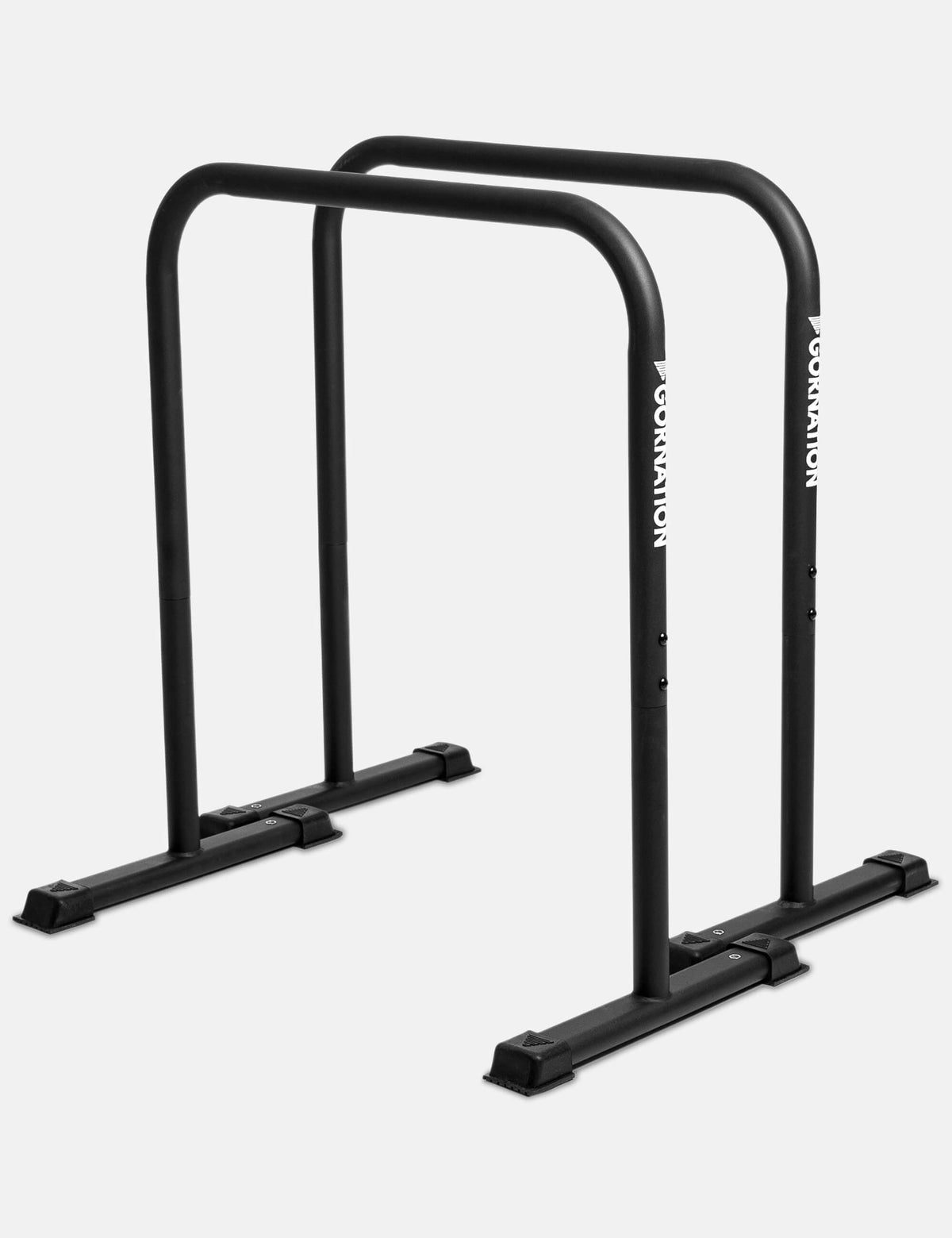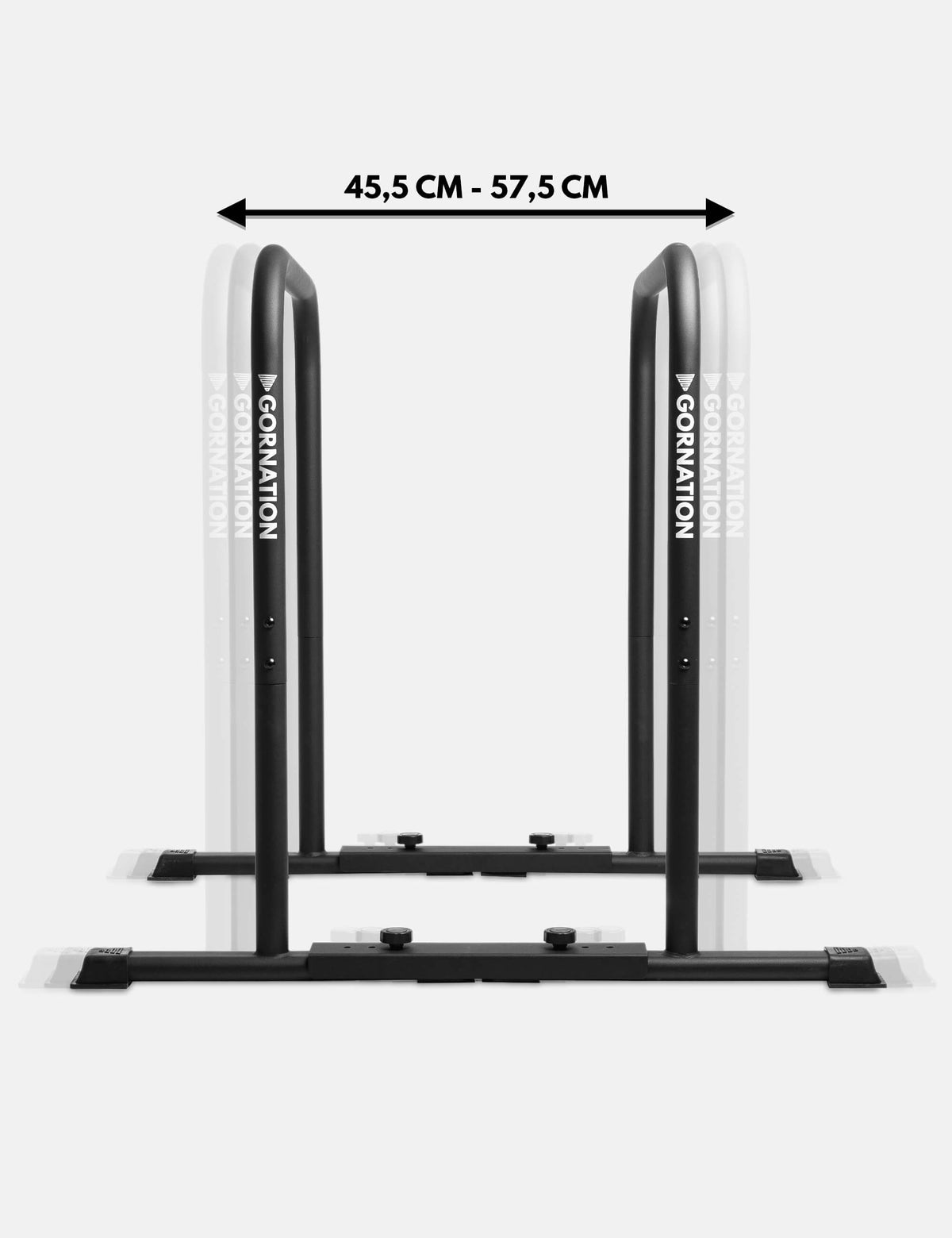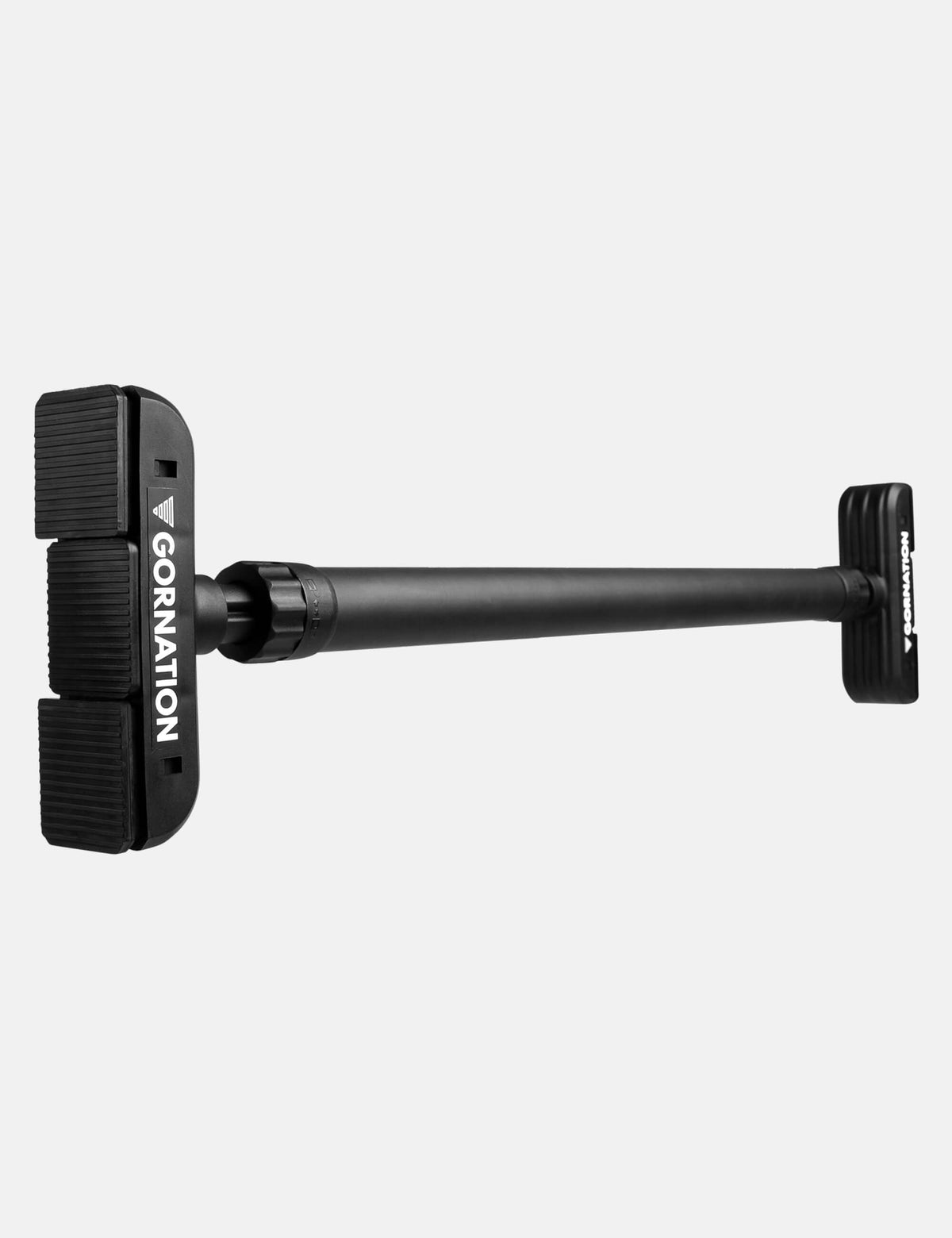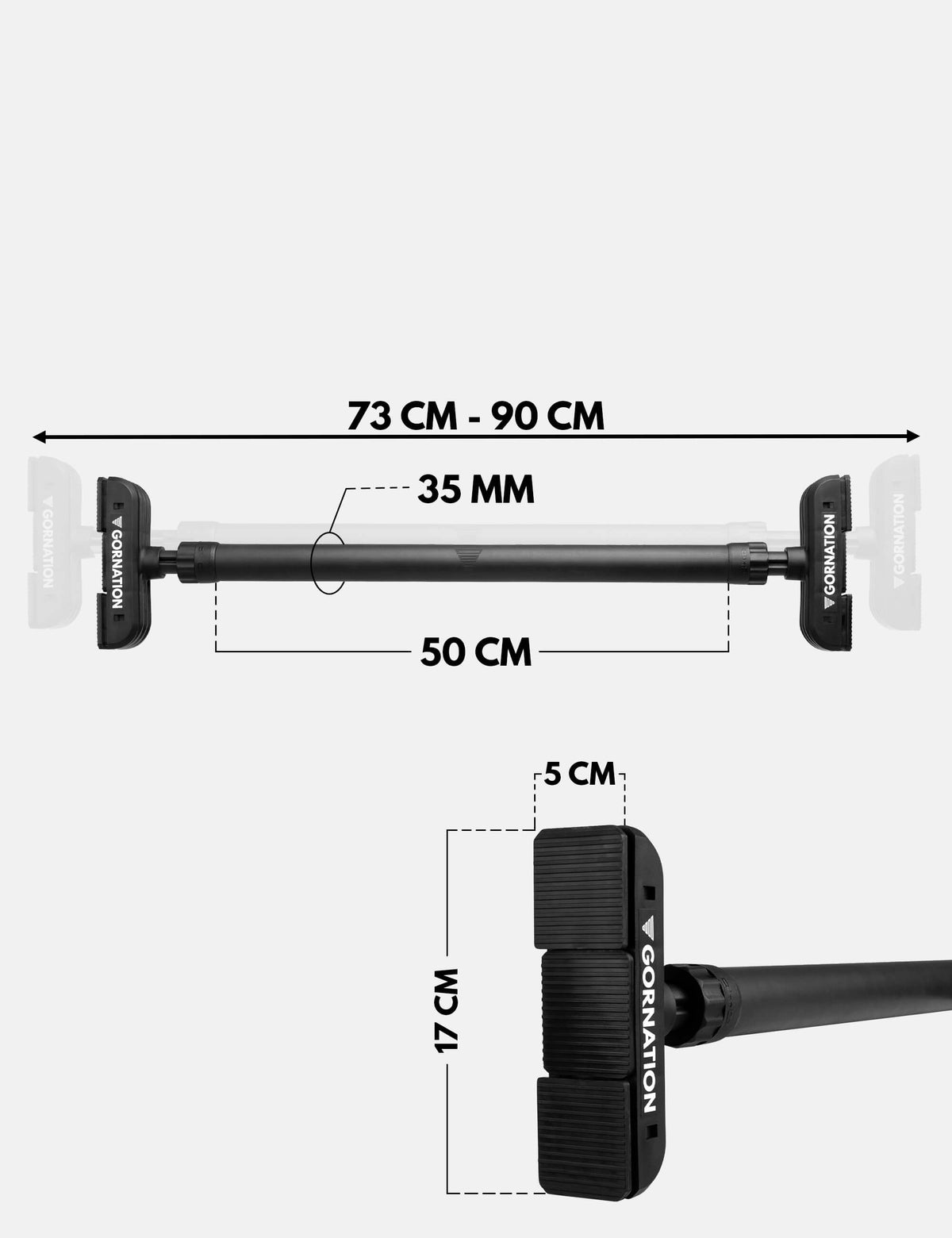How to do the exercise
The Assisted Pull Up is the perfect progression exercise if regular pull ups are still too challenging. It allows you to train the exact movement pattern of a pull up, build pulling strength, and progress step by step toward unassisted pull ups. Here’s how to perform the Assisted Pull Up correctly:
1. Starting Position
Grab the bar with your hands shoulder-width apart using an overhand grip. Place your feet or knees into a resistance band for adjustable assistance. Engage your core and slightly retract your scapula to prepare for the pull.
2. Pulling Phase
Activate your scapular muscles first, then pull yourself up in a controlled motion until your chin is above the bar. Keep your elbows close to your body, chest lifted, and avoid swinging or using momentum during the movement.
3. Lowering Phase
Slowly lower yourself back down until your arms are fully extended. Maintain core tension and shoulder engagement throughout the descent for maximum strength development and safety.
4. Reset and Repeat
At the bottom, reset your scapula and core, then repeat for the desired number of reps. Progress over time by reducing the band’s resistance or switching to thinner bands to build up to full bodyweight pull ups.
Recommended Equipment for Assisted Pull Ups
Benefits of the exercise
The Assisted Pull Up is ideal for building the strength and technique required for full pull ups:
-
Strengthens back, biceps, and grip with reduced resistance
-
Teaches the full pull up range of motion from the start
-
Improves scapular control and shoulder stability
-
Allows safe progression toward bodyweight and weighted pull ups
This makes it a valuable stepping stone for beginners and a great accessory exercise for advanced athletes working on volume, endurance, or form refinement.
Main muscles used
The Assisted Pull Up mainly targets:
-
Latissimus dorsi (lats)
-
Biceps
-
Rear deltoids
-
Core muscles (for stabilization)
By practicing the full pull up motion with assistance, you ensure balanced muscle activation and steady progress toward unassisted pull ups.
If you're looking for other exercises, check out our Youtube video:
Mistakes to avoid
Common mistakes when performing the Assisted Pull Up include:
-
Using too much assistance: If the band does all the work, you won’t build enough strength. Choose a resistance level that challenges you.
-
Not engaging the scapula: Skipping scapular activation reduces strength development and control.
-
Incomplete range of motion: Always pull until your chin clears the bar and lower until arms are fully extended.
-
Swinging or kipping: Avoid momentum – focus on strict, controlled reps.
-
Neck misalignment: Don’t look down or crane your neck. Keep your gaze forward for proper posture.
Progress by gradually reducing assistance and focusing on controlled repetitions to eventually master bodyweight pull ups.
Discover more Exercises
Looking for more ways to level up your training? Check out our full exercise overview or try these effective exercises that perfectly complement your training:
Please read our legal disclaimer before starting your workout.
 | 5.000+ Reviews
| 5.000+ Reviews
 Free EU Shipping above 100€*
Free EU Shipping above 100€*
 Worldwide Tracked Shipping
Worldwide Tracked Shipping






